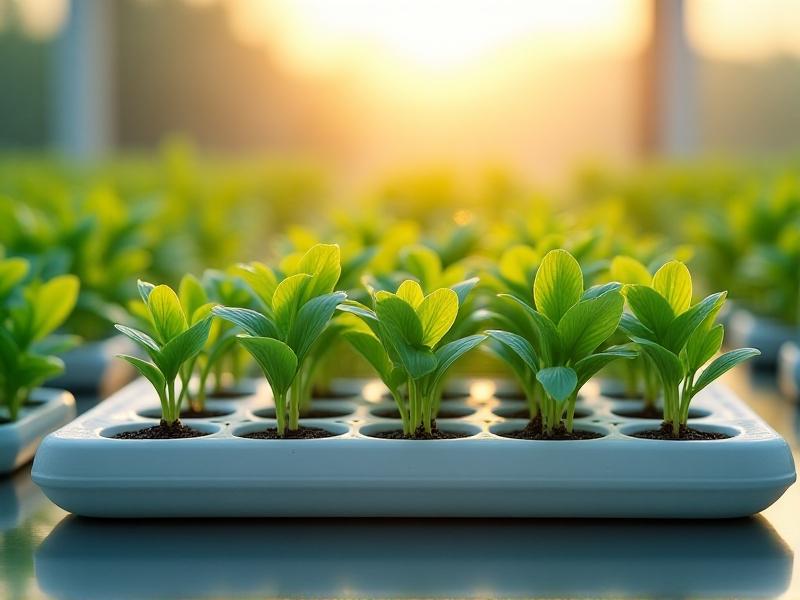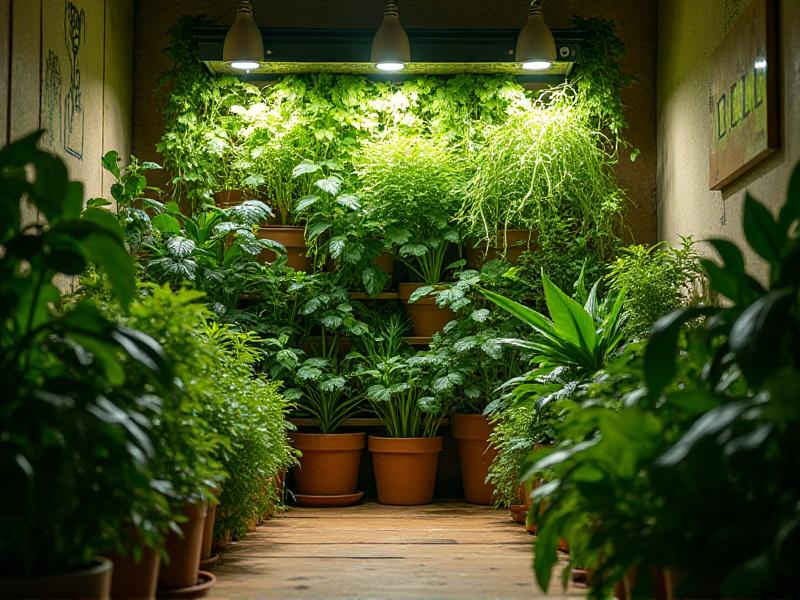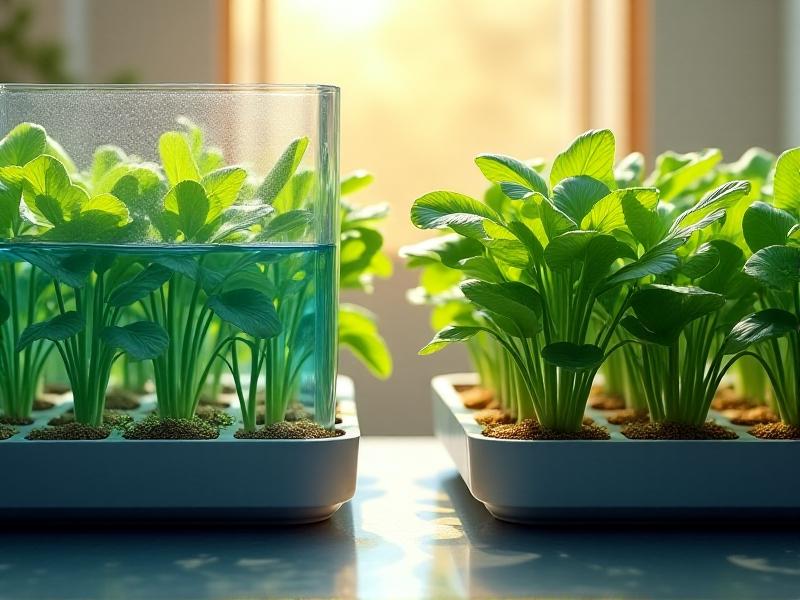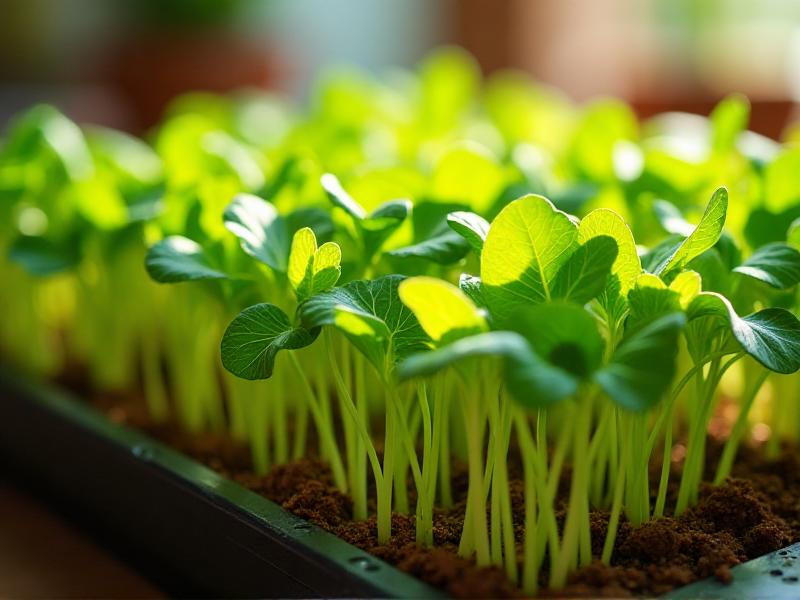UV Supplementation for Enhanced Nutrient Density
The Science Behind UV Supplementation
Ultraviolet (UV) light has long been recognized for its role in vitamin D synthesis in humans, but its application in agriculture is a relatively new frontier. UV supplementation involves exposing plants to controlled levels of UV light to enhance their nutrient density. This process triggers a range of biochemical responses in plants, leading to the production of secondary metabolites such as flavonoids, carotenoids, and polyphenols. These compounds are not only beneficial for plant health but also enhance the nutritional profile of the produce.
Research has shown that UV light can stimulate the production of antioxidants, which play a crucial role in human health by neutralizing free radicals. For example, studies have demonstrated that tomatoes exposed to UV light exhibit higher levels of lycopene, a potent antioxidant linked to reduced risk of chronic diseases. Similarly, UV-treated leafy greens like spinach and kale show increased concentrations of vitamins C and E, as well as beta-carotene.
The mechanism behind this phenomenon lies in the plant’s natural defense system. When exposed to UV light, plants perceive it as a stressor and activate their protective mechanisms. This includes the synthesis of compounds that shield the plant from UV-induced damage. Interestingly, these same compounds are highly beneficial for human consumption, making UV supplementation a win-win for both plants and people.
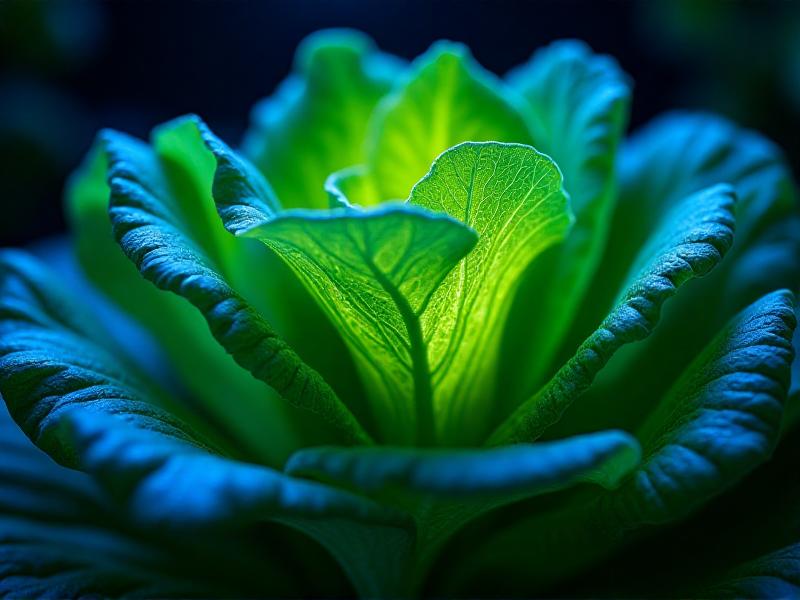
Benefits of UV Supplementation for Nutrient Density
One of the most compelling reasons to explore UV supplementation is its ability to significantly enhance the nutrient density of crops. Nutrient density refers to the concentration of essential vitamins, minerals, and antioxidants in a given food. By increasing these levels, UV supplementation can help address nutrient deficiencies in diets and contribute to overall health and wellness.
For instance, UV-treated mushrooms have been found to contain higher levels of vitamin D, a nutrient that many people lack due to limited sun exposure. This is particularly important for individuals living in regions with long winters or those who spend most of their time indoors. Similarly, UV exposure has been shown to boost the levels of resveratrol in grapes, a compound associated with heart health and longevity.
Beyond individual nutrients, UV supplementation can also improve the overall quality of produce. Crops treated with UV light often have a longer shelf life due to the increased presence of antioxidants, which slow down the oxidation process. This not only reduces food waste but also ensures that consumers receive fresher, more nutrient-rich produce.
Moreover, UV supplementation aligns with the growing demand for natural and sustainable agricultural practices. Unlike chemical fertilizers or genetic modification, UV light is a non-invasive method that leverages the plant’s natural processes. This makes it an attractive option for farmers and consumers alike who are seeking healthier and more environmentally friendly food choices.

Practical Applications in Agriculture
The implementation of UV supplementation in agriculture is gaining traction as farmers and researchers recognize its potential. One of the most common methods involves using UV lamps in greenhouses or indoor farming setups. These lamps emit specific wavelengths of UV light that can be tailored to the needs of different crops. For example, UV-B light is particularly effective at stimulating the production of secondary metabolites, while UV-A light can enhance growth and development.
In large-scale farming, UV supplementation can be integrated into existing irrigation systems. Some farmers are experimenting with UV-treated water, which has been shown to improve plant health and nutrient uptake. Additionally, UV light can be used as a post-harvest treatment to further enhance the nutrient content of produce before it reaches consumers.
Another innovative application is the use of UV light in vertical farming. Vertical farms, which grow crops in stacked layers, often rely on artificial lighting to simulate natural sunlight. By incorporating UV light into these systems, farmers can maximize the nutritional value of their crops while optimizing space and resources. This approach is particularly promising for urban areas where access to fresh, nutrient-dense produce is limited.
Despite its potential, the widespread adoption of UV supplementation faces some challenges. The initial cost of UV equipment can be a barrier for small-scale farmers, and there is a need for more research to determine the optimal UV dosages for different crops. However, as technology advances and more studies are conducted, these obstacles are likely to be overcome, paving the way for a brighter future in agriculture.
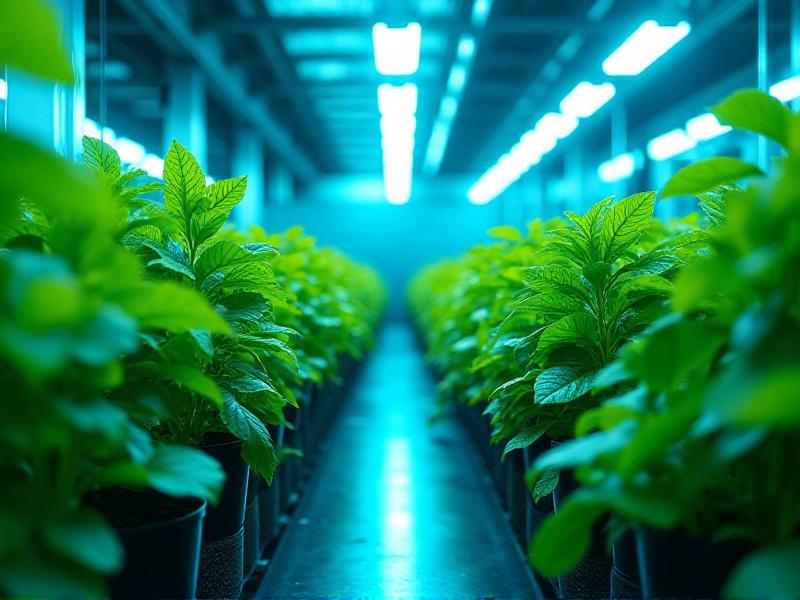
Health Implications for Consumers
The benefits of UV supplementation extend beyond the farm and into the kitchen. For consumers, the increased nutrient density of UV-treated produce can have a profound impact on health. Antioxidants, for example, are known to reduce inflammation, support immune function, and protect against chronic diseases such as heart disease and cancer. By consuming more antioxidant-rich foods, individuals can improve their overall well-being and reduce their risk of these conditions.
Vitamin D, another nutrient enhanced by UV supplementation, is essential for bone health, immune function, and mood regulation. Many people struggle to get enough vitamin D from sunlight alone, especially during the winter months. UV-treated foods like mushrooms and fortified dairy products can help bridge this gap, providing a natural and accessible source of this vital nutrient.
Furthermore, the increased shelf life of UV-treated produce means that consumers can enjoy fresher, more flavorful fruits and vegetables for longer. This not only enhances the eating experience but also encourages healthier eating habits. When produce stays fresh and appealing, people are more likely to incorporate it into their daily meals, leading to a more balanced and nutrient-rich diet.
It’s important to note that while UV supplementation offers many benefits, it is not a substitute for a varied and balanced diet. Consumers should continue to prioritize a diverse range of foods to ensure they receive all the nutrients their bodies need. However, UV-treated produce can be a valuable addition to a healthy diet, providing an extra boost of essential vitamins and minerals.
The Future of UV Supplementation
As the demand for nutrient-dense foods continues to grow, UV supplementation is poised to play a key role in the future of agriculture and nutrition. Advances in technology are making UV equipment more affordable and accessible, enabling more farmers to adopt this innovative practice. At the same time, ongoing research is shedding light on the optimal ways to use UV light for different crops, ensuring that its benefits are maximized.
One exciting development is the integration of UV supplementation with other sustainable farming practices. For example, combining UV light with organic farming methods can create a holistic approach to agriculture that prioritizes both environmental health and human nutrition. This aligns with the broader movement towards regenerative agriculture, which seeks to restore and enhance ecosystems while producing high-quality food.
Another promising area of research is the use of UV light to enhance the nutritional content of staple crops like rice, wheat, and corn. These crops are the foundation of diets worldwide, and improving their nutrient density could have a significant impact on global health. By fortifying these foods with essential vitamins and minerals, UV supplementation could help address malnutrition and food insecurity in vulnerable populations.
Ultimately, the potential of UV supplementation lies in its ability to bridge the gap between agriculture and nutrition. By harnessing the power of UV light, we can create a food system that not only feeds the world but also nourishes it. As we continue to explore this exciting field, the possibilities for enhancing nutrient density and improving health are truly limitless.

